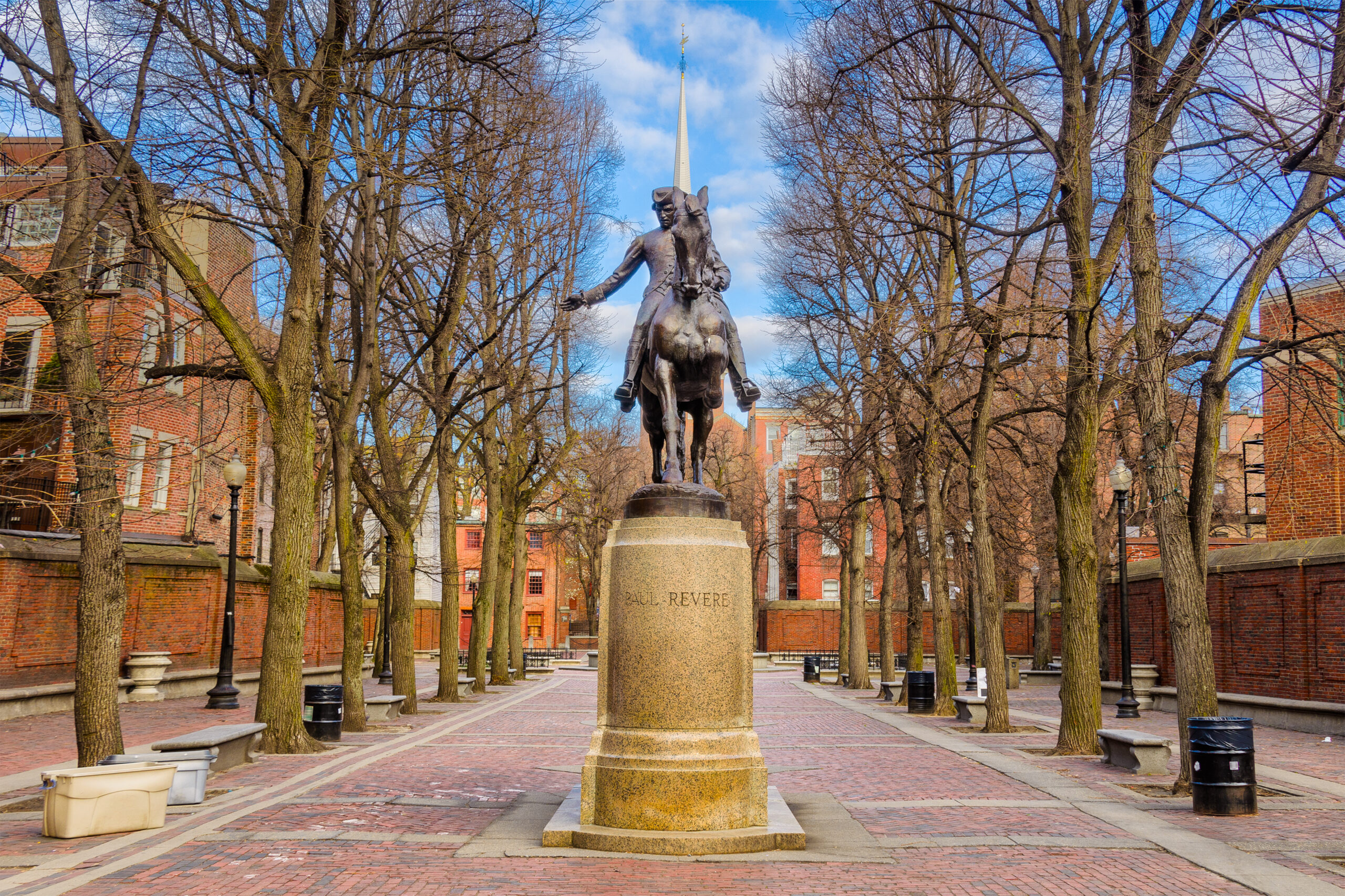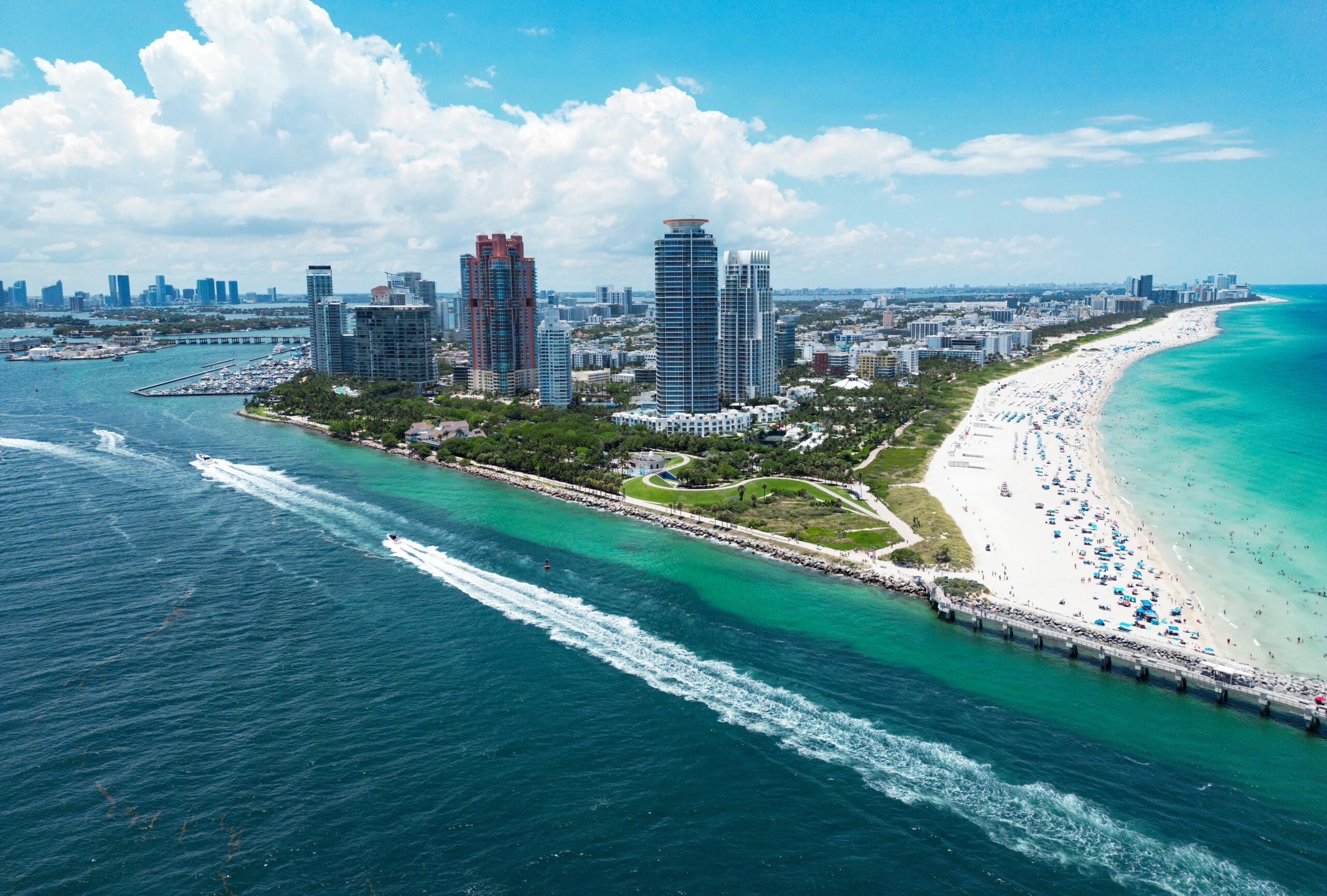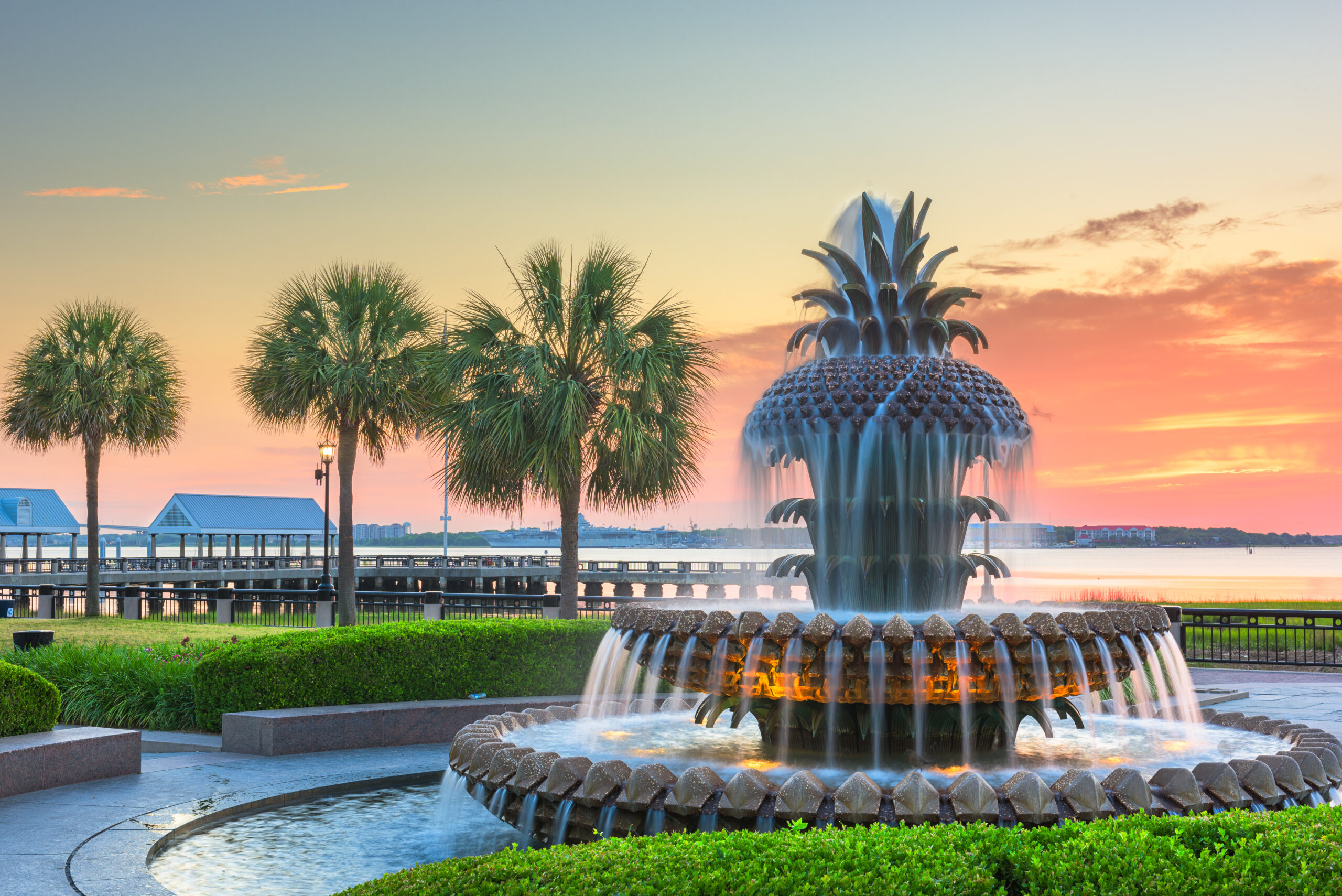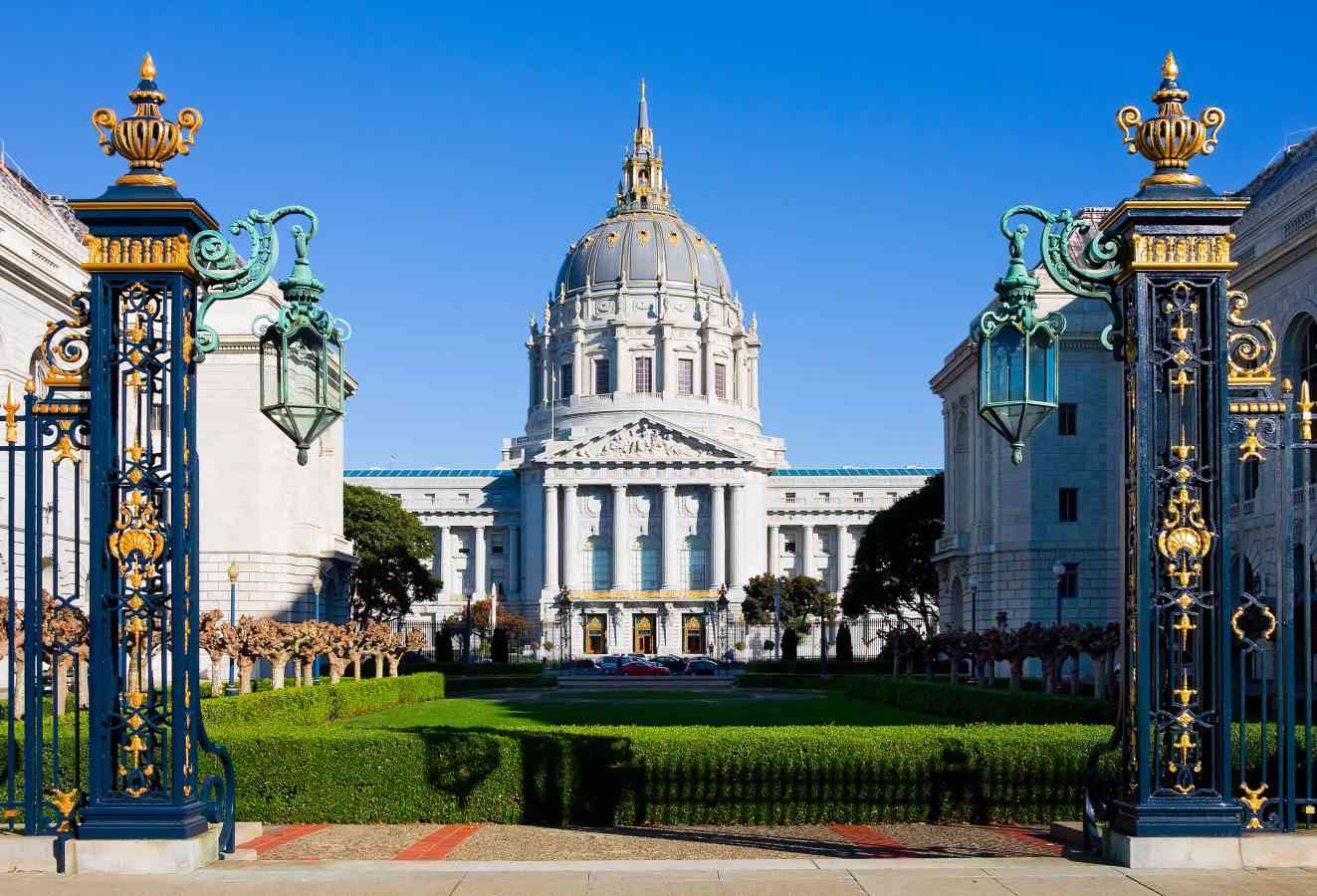Boston isn’t just a city—it’s the place where sparks of revolution ignited a nation. Cobblestone streets, centuries-old churches, hidden burial grounds… everywhere you step along the Freedom Trail, history whispers from brick walls and brass plaques.
If you’re craving an adventure where you set the pace, linger where curiosity leads, and explore on your own schedule, then a self-guided walk along Boston’s Freedom Trail is your perfect ticket to the past.
Let’s dive into how to plan the ultimate self-guided experience—and why it’s one of the best ways to discover Boston.
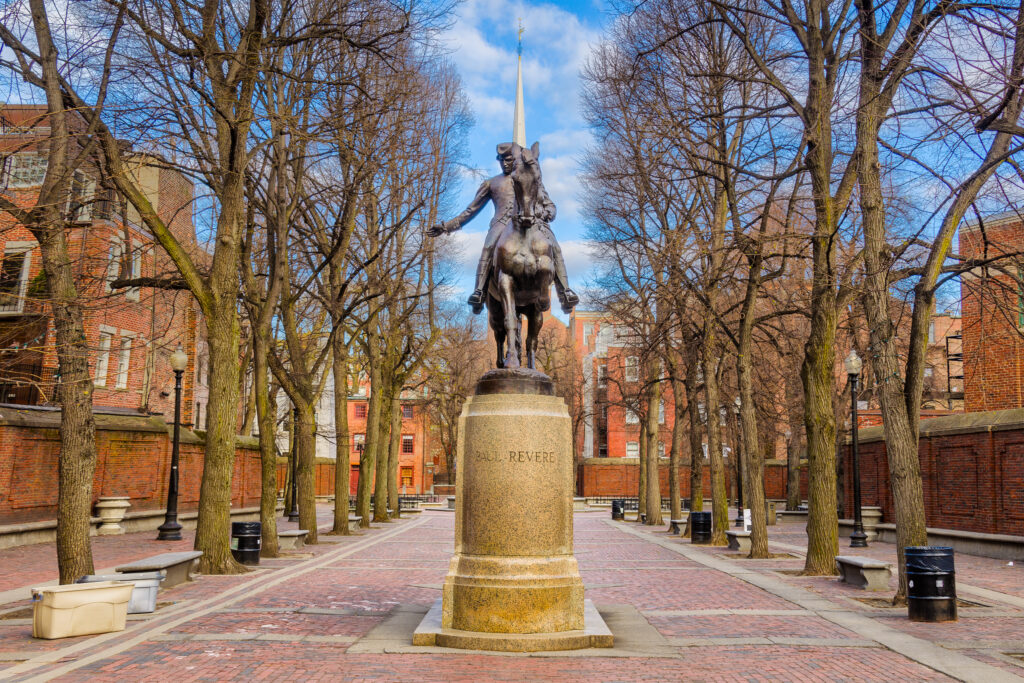
What is the Freedom Trail?
Picture a 2.5-mile red-brick path winding through Boston, connecting 16 of the city’s most significant historic sites. Established in 1951, the Freedom Trail was designed to help visitors easily navigate Boston’s revolutionary landmarks.
From meeting houses where patriots plotted rebellion to burial grounds where heroes rest, the trail reveals the story of America’s birth in a series of captivating chapters.
Quick Stats:
- Distance: 2.5 miles
- Number of Stops: 16 historic landmarks
- Best Time to Walk: Spring and fall for mild weather and beautiful scenery
- Time Needed: 3–4 hours minimum (longer if exploring inside sites)
Why Choose a Self-Guided Adventure?
While guided tours are informative, there’s something liberating about exploring the Freedom Trail on your own. Here’s why a self-guided tour is the ultimate adventure:
- Set Your Own Pace: Spend 10 minutes or an hour at each stop—it’s entirely up to you.
- Avoid Crowds: Skip large groups and move freely, especially at peak tourist spots.
- Dive Deeper: Use apps or audio guides for stories tailored to your interests.
- Freedom to Detour: Duck into a cozy café, wander down a side street, or explore nearby attractions not on the official trail.
- Budget-Friendly: Walking the trail is free, and entry fees to specific sites are optional.
The Freedom Trail’s Must-See Stops
Here’s a deeper look at some of the trail’s iconic landmarks, plus a few interesting tidbits to keep an eye out for:
Boston Common
- America’s oldest public park (est. 1634).
- Once used for grazing cattle and British troop encampments.
- Today, a green oasis perfect for a pre-walk picnic.
Massachusetts State House
- Topped by a shimmering golden dome.
- Completed in 1798 and still serves as the state’s government center.
- Fun fact: The dome was originally wood and later gilded with 23-karat gold.
Park Street Church
- Erected in 1809, its steeple was once the tallest point in Boston.
- Hosted fiery anti-slavery speeches, shaping abolitionist movements.
Granary Burying Ground
- One of Boston’s oldest cemeteries was founded in 1660.
- Resting place of Paul Revere, Samuel Adams, John Hancock, and victims of the Boston Massacre.
- Look for intricately carved headstones with skulls, cherubs, and winged hourglasses.
King’s Chapel & Burying Ground
- Built in 1686 for the first Anglican congregation in New England.
- Admire the grand interior, featuring a historic organ once played by George Washington’s friend, William Selby.
Old South Meeting House
- Where colonists gathered in 1773 before the Boston Tea Party.
- Once the largest building in colonial Boston.
Old State House
- Dating back to 1713, it’s one of the oldest public buildings in the U.S.
- The site of the Boston Massacre in 1770—look for the cobblestone circle marking the spot outside.
Faneuil Hall
- Dubbed “The Cradle of Liberty.”
- A place for revolutionary debates—and now home to bustling shops and street performers.
- Nearby Quincy Market is perfect for sampling Boston’s famous clam chowder.
Paul Revere House
- The oldest remaining building in downtown Boston dates back to around 1680.
- Step inside for a glimpse of colonial family life and artifacts from Revere’s silversmith trade.
Old North Church
- Famous for “One if by land, two if by sea.”
- It’s the oldest standing church in Boston (built in 1723).
- Climb the steps to see the bell tower where the signal lanterns once hung.
Copp’s Hill Burying Ground
- Overlooks Boston’s North End and the harbor.
- Final resting place for craftsmen, merchants, and Puritan ministers.
- British troops used the gravestones as targets during the Revolution.
Bunker Hill Monument
- Commemorates the first major battle of the Revolutionary War.
- Climb 294 steps for a panoramic view of Boston.
Tips for a Smooth Walk
A few practical tips can make your Freedom Trail adventure even better:
- Wear comfy shoes. Cobblestones are charming but challenging on feet.
- Start early to beat crowds, especially in summer.
- Bring water and sunscreen in warm months.
- Check the site hours, especially if you plan to visit museums.
- Budget extra time for spontaneous detours and photo stops.
- Consider weekdays for fewer tourists.
- Pack light—you’ll be on your feet for hours!
Hidden Gems and Nearby Detours
Going self-guided means you can wander off the red line. Here are some bonus stops worth exploring:
- Black Heritage Trail – An important route through Beacon Hill’s African American history.
- Bell in Hand Tavern – Established in 1795, this pub claims to be America’s oldest continuously operating tavern.
- Cozy coffee shops in the North End—perfect for cannoli and espresso.
- The small, atmospheric alleyways around Faneuil Hall are home to hidden colonial-era architecture.
Take Your Adventure Digital
Maximize your walk with digital tools:
- Download the official Freedom Trail map.
- Use apps offering GPS-guided audio tours, such as Action Tour Guide, to hear fascinating stories triggered automatically as you walk.
- Check historical society websites for printable guides and extra details.
Why This Walk Matters
Boston’s Freedom Trail isn’t just a collection of historic buildings—it’s a journey through the American spirit. The echoes of revolution, the dreams of liberty, and the courage of ordinary people all come alive as you follow those red bricks.
Choosing a self-guided tour puts the story in your hands. You decide where to pause, what to skip, and which hidden corners to explore. It’s an adventure that’s equal parts history, discovery, and freedom—the perfect way to honor Boston’s revolutionary legacy.
So, lace up your shoes, charge your phone, and get ready to uncover the story of America’s birth—one red brick at a time.

